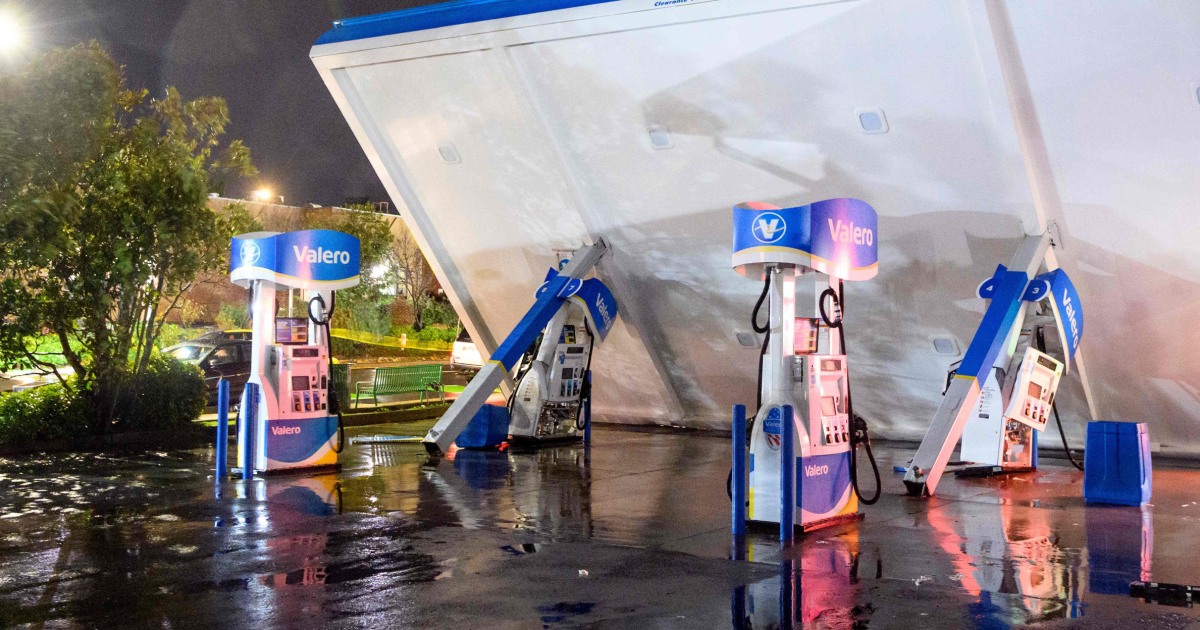CAPITOLA, Calif. — California’s weather calmed Friday, but the lull was expected to be brief as more Pacific storms lined up to batter the state, where successive powerful weather systems have knocked out power for thousands, battered the coastline, inundated streets and felled trees. and caused at least six deaths.
Remnant rain from the latest storm, a «bomb cyclone,» fell around the state and dangerous surf battered the coast despite diminishing wave heights, while some areas basked in sunshine. A Southern California pier was damaged by high waves and wind overnight and will remain closed until repaired, authorities said. Flooded streets in low-lying coastal cities.
The next round of severe weather was predicted to hit Northern California late Friday and spread south into the Midwest over the weekend, raising concerns about flooding from already saturated soil. Heavy snowfall is forecast for the Sierra Nevada.
“A very active weather pattern in the Pacific Ocean will continue to drive fast-moving, energetic low-pressure systems toward the West Coast,” the National Weather Service said. «California continues to bear the brunt of the heavy precipitation and high winds associated with these systems as we approach the first full weekend of 2023.»
Over the weekend, «the next moisture-laden Pacific cyclone is forecast to approach California with the next onslaught of heavy rain,» the service said.
Storms are atmospheric rivers, long columns of moisture that stretch out to the Pacific and are capable of dumping staggering amounts of rain and snow.
Downtown San Francisco had its wettest 10-day period since 1871 between December 26 and January 4, when 10.33 inches (26.24 centimeters) of rain fell. The all-time 10-day record was 14.37 inches (36.5 cm) in January 1862.
The storms have also been packing much-needed snow on the mountains of the drought-stricken state, where snowpack supplies about a third of California’s water supply.
«It’s been a deep week with almost 5 FEET of snow (57.9 inches, 147 cm) falling in the last 7 days!» the UC Berkeley Central Sierra Snow Lab tweeted Friday.
Snowpack across the state was 191% of normal to date and 76% of average on April 1, which is typically the peak, according to the California Department of Water Resources.
Storms have been coming to California since early November. A powerful storm on New Year’s weekend caused extensive flooding in Sacramento County in Northern California and four deaths. It undermined a massive oak tree that fell Monday, crushing a daycare center in Marin County. The school was empty at the time.
That storm was followed on Wednesday and Thursday by a «bomb cyclone,» a shorthand reference to a storm intensified by a rapid drop in air pressure through a process called bombogenesis.
Two deaths were reported, including a 2-year-old child who was killed when a redwood tree fell on a mobile home. The coastal town of Capitola in Santa Cruz County, about 60 miles (100 kilometers) south of San Francisco, suffered possibly the worst damage when waves forecast to exceed 25 feet (7.6 meters) crashed into homes and restaurants at the mouth of Soquel Creek and tore down a section of its historic wooden pier.

